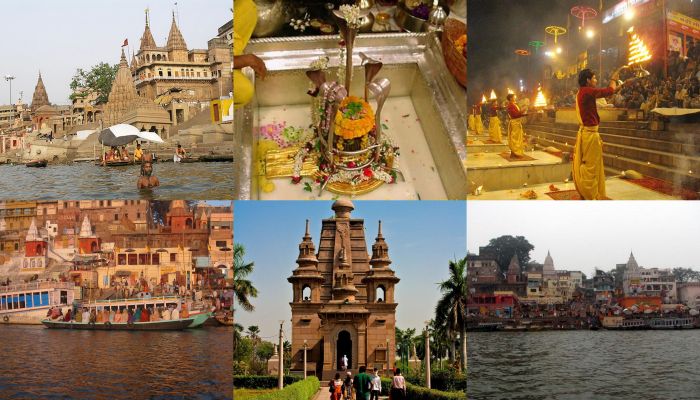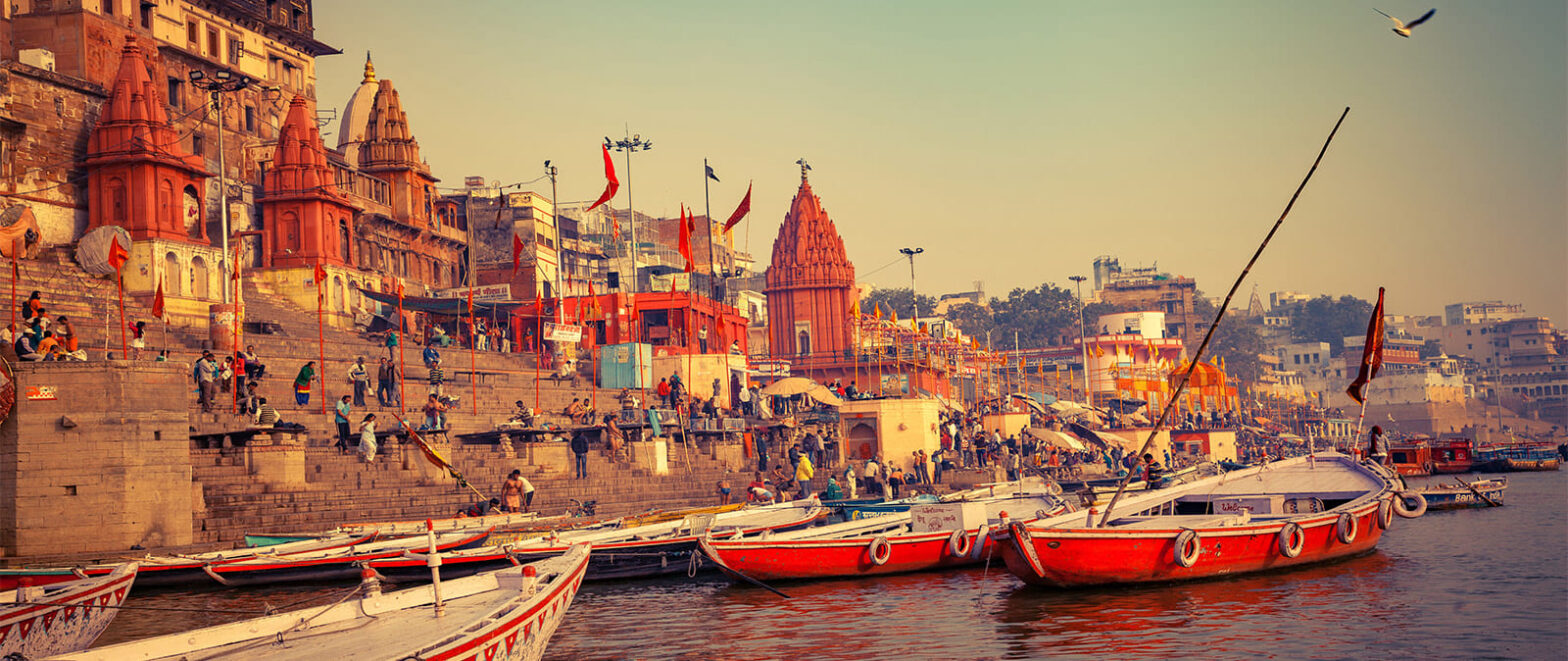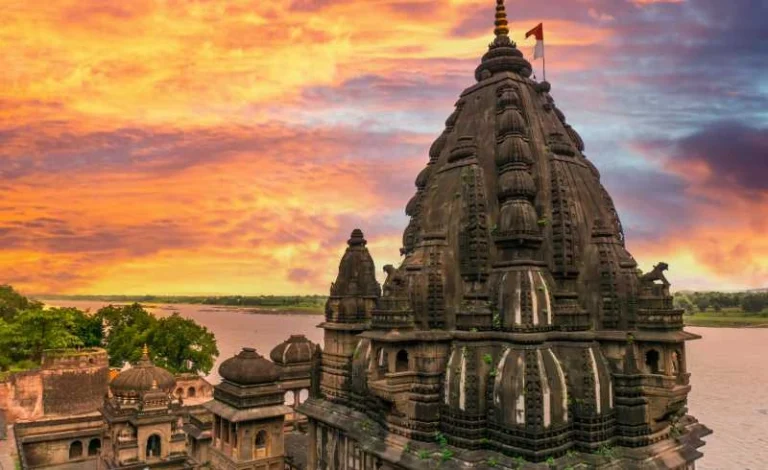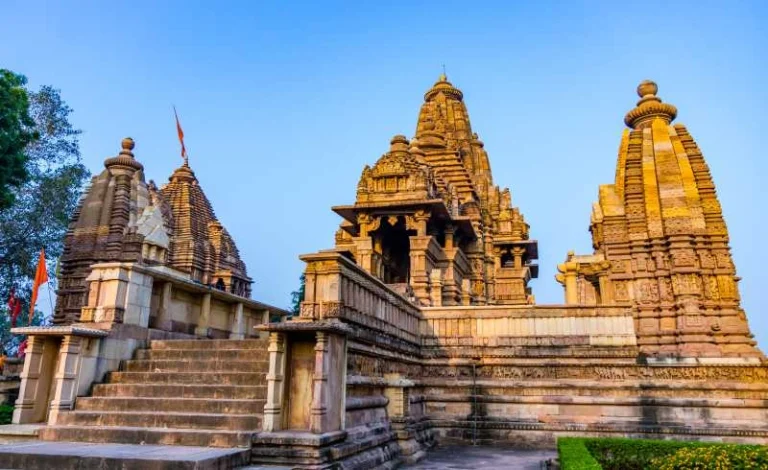November 20, 2013

If there’s one place where faith, spirituality, and spirit of India converge, it’s the chaotic yet colorful city of Varanasi. One of the world’s ancient living cities, Varanasi is appositely called the devotional capital of India. Situated on the banks of the holy Ganges in Uttar Pradesh, Varanasi’s immense religious significance lies in the fact that millions of Hindus congregate along the ghats or stone-step embankments to perform rituals concerning life and death.
With close to 100 Ghats, Varanasi allows the visitors to peek into Hindu traditions and customs from up close. The holy dips inside the calming waters of the Ganges, the chanting of Vedic mantras, the enchanting hymns, the aroma of Hindu spiritualism, a boat ride at the daybreak – all these soul-stirring experiences simply take over human senses to apprise an individual of a sense of fulfillment.
Perhaps the most scintillating sight in this charismatic city that is often characterized by its maze-like narrow lanes is the Ganga Aarti [prayer] that is performed at the time of the sunset at the Dasaswamedh Ghat, which is really the foremost among all Ghats. Located near the famous Kashi Vishwanath Temple, the name of the Ghat also has its origins in the Hindu mythological beliefs.
The Aarti, whose beginning is symbolized by blowing of a conch shell, is performed by priests who adorn saffron robes and move incense sticks in a systematic way. The simultaneous waving of lamps in the backdrop of dark blue skies amid sounds of prayer and cymbals creates a mystical aura that is simply spell-binding. Since Aarti is one of the main draws of Varanasi, it is important to secure a place well in advance to be able to view this exquisite affair in its full swing.
Among other Ghats, Manikarnika Ghat (which is the main site for Hindu cremation), Assi Ghat (featuring a representation of Lord Shiva), Tulsi Ghat (named after a 16th century Hindu poet), Harishchandra Ghat (cremation Ghat), and Panchganga Ghat (meeting point of 5 rivers) are some of the prominent spots to see. Each one of these assumes its significance from widely-held beliefs, whose credibility is evidenced by clear and visible physical impressions on the ground.

















